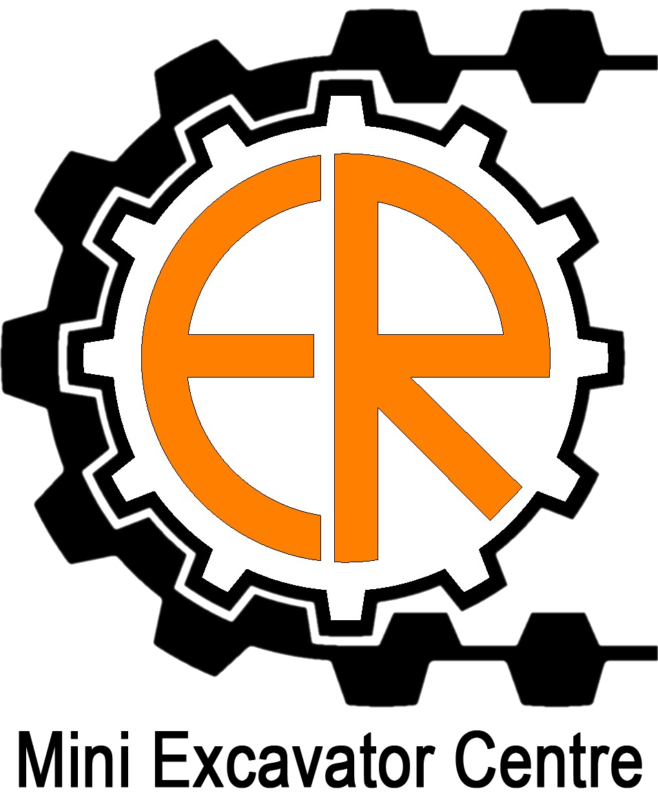About Us
Welcome to Evans & Reid Ltd and the ‘MiniExcavatorCentre.com’
This is our website covering plant attachments and aftermarket spare parts for excavators ranging from 0.5 through to 25 Tonnes – operating from our manufacturing facility and extensive warehouse in Neath, South Wales, UK.
We are Europe’s largest supplier of quality aftermarket parts for excavators including:
- Pins and bushes – from the dipper arm to the kingpost
- Bucket & Tipping Links
- Undercarriage – Sprockets, Top Rollers, Bottom Rollers & Idlers
- Rubber & Steel Tracks
- Drive Motors
- Engine Parts – Solenoids, Fuel Pumps, Alternators, Water Pumps
- Seal Kits
- Bucket Teeth, Replacement Cutting Edge
- Cab Glass
- And much, much more
We hold an unrivalled parts database covering the all manufactures and machines, with most parts being available for immediate collection or next day delivery. If not held in stock, we can get almost any part quickly through our extensive network of suppliers.
We design and manufacture high quality attachments covering the full range of:
- Digging & Ditching Buckets
- Riddle Buckets
- Trapazoidal ‘V’ Buckets
- Tile Drain Buckets
- Tilting Ditching Buckets
- 4-in-1 Buckets
- Quick Hitches
- Ripper Teeth
- Hammer Tops
- Land Rakes
- Grading Beams
- Grapples & Thumbs
- Log Splitters
We also specialise in custom application and one-off designs – from solutions for canal clearance to excavator mounted bee-hive carriers!
Established in 1992 – Celebrating over 30 Years Experience & Expertise.
A Brief History of Mini Excavators
It is generally thought that the first hydraulic mini-excavator was built by the “Kobe Steel Co.” in 1968 and was called the 10A model. They were followed by “Takeuchi” in 1971 and “Kubota” in 1974.
These machines started to enter the UK in the 1980’s and quickly gained popularity in the 90’s, until nearly every hire shop and builder now owns this type of compact machine.
British manufacturers such as “Smalley” and “Powerfab” entered the market in the 1980’s, but now nearly all machine designs originate from the Far East.
Due to their reliability and low running costs, machines are rarely scrapped, they are resold as the years go by.
1980, and early 1990’s models are now mainly in the ownership of small builders, landscapers, or even people completing self-build houses.
There are at least 30 different brands of mini-excavator on the world market, although a great deal of “badge” engineering goes on, with modifications as necessary to suit the local market place.
Japan has been the main market place for mini excavators, with Europe as the second major market. Due to the popularity of the skid-steer loader, mini-excavators have been slow to gain market share in the USA but in the last five years the number of sales have rapidly increased particularly in the cities.
The recession in Japan has depressed the market there leading to many almost new machines being imported into the UK and other EU countries.
These machines have been labeled “grey market machines” and have to be “CE” certificated by the importer. The machines coming from Japan can be models which are a number of years ahead of the current European machines, i.e. zero tail-swing machines have been sold in Japan for a number of years before they were available in Europe
Mini excavators are continually being developed and the technological advances can be summarized as follows:
Interchangeable rubber tracks – early 1990’s Servo controls, knuckle booms, extending dippers, – mid 1990’s Zero-tail swing machines, half pitch rubber tracks late 1990’s Asymmetric rubber tracks – by Yanmar early 2000’s Offset Boom facility – – 2000’s by Takeuchi and Neuson
Over the last ten years the major developments in mini excavator design have been improving emissions and fuel economy.
